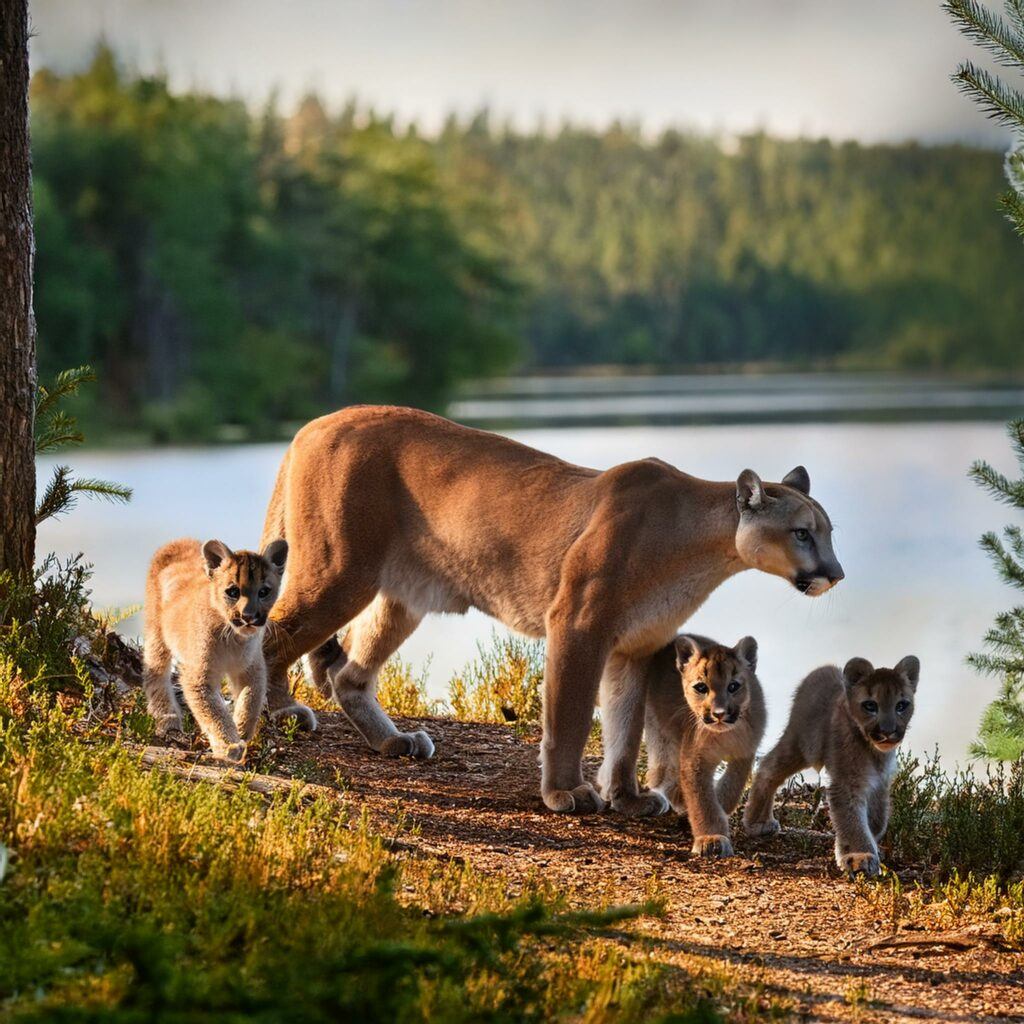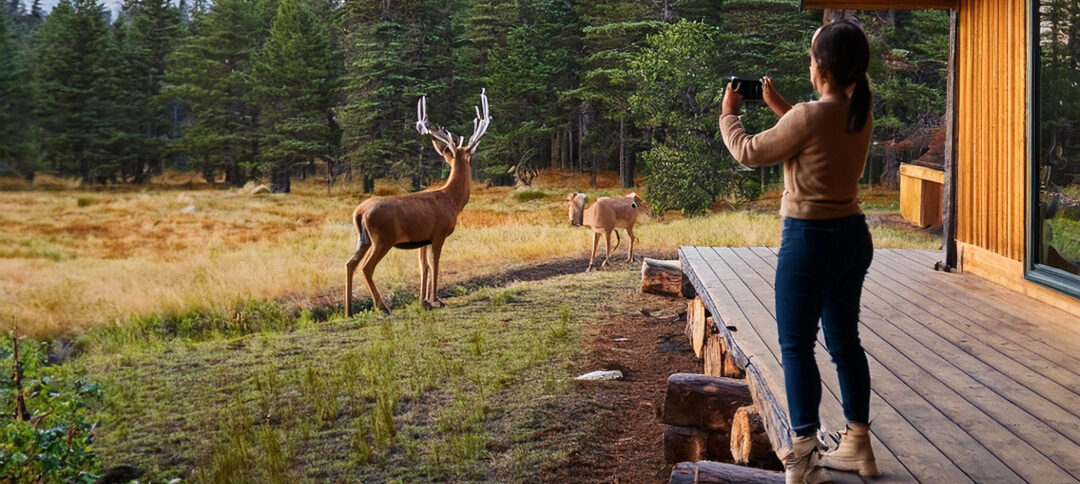Mountain lions, also known as cougars, pumas, or panthers, are some of the most fascinating and adaptable predators roaming North America. These big cats can be found in a variety of names depending on the region, but they’re all the same incredible species.
Physically, mountain lions stand out with their sleek, muscular bodies, long tails, and sharp claws. They’ve got a tan or tawny coat that helps them blend seamlessly into their surroundings—whether it’s the forest, desert, or mountainous terrain. A fully grown mountain lion can weigh anywhere between 64 to 220 pounds (29 to 100 kg) and can measure up to 8 feet (2.4 meters) in length from nose to tail.
These big cats are highly adaptable, and that’s evident in their geographical range. Mountain lions are found all across North and South America. From the cold stretches of Canada to the rugged Andes in South America, their adaptability allows them to survive in diverse environments.
Understanding these basic facts about mountain lions sets the stage for exploring their habitats and behaviors in greater detail. It’s amazing to see how these majestic creatures have carved out niches in multiple ecosystems and face various challenges depending on where they live.
A Deep Dive into Mountain Lion Habitat
Mountain lions are true masters of adaptation, capable of thriving in a wide array of environments. From dense forests to arid deserts, these big cats can make almost any terrain home. They prefer areas with plentiful cover and access to prey, often staking their territory in regions where deer, their primary food source, are plentiful.

However, habitat isn’t just about location; it’s also about the climate. Mountain lions adjust their behavior according to seasonal changes. In colder months, they may descend to lower elevations in search of food, while in the summer, they might be found at higher altitudes to escape the heat.
Human encroachment is one of the biggest challenges these animals face. As urban areas expand and natural habitats get fragmented, mountain lions often find themselves in close proximity to human populations. This leads to increased encounters and, unfortunately, sometimes conflict. Roads, fences, and other human-made structures can divide territories and limit their natural movement, making it harder for them to find food and mates.
So, what can we do to help? Simple actions like securing livestock and removing attractants from around homes can make a huge difference. Respecting their space and advocating for wildlife corridors are also key steps in ensuring these majestic creatures can continue to thrive in their natural habitats.
Mountain Lion Behavior and Social Structure
Mountain lions lead solitary lives, preferring to roam alone except when females are raising cubs. These big cats establish territories that they mark with scent markings, scrapes, and vocalizations to ward off intruders. Male territories often overlap with several females, but males generally avoid each other to prevent confrontations.
Their hunting techniques are a testament to their stealth and strength. Mountain lions are ambush predators, stalking their prey through the underbrush before delivering a powerful, fatal bite, usually to the neck. Their diet mainly consists of deer, but they are known to hunt smaller animals like raccoons, rabbits, and even insects when necessary.

Reproduction is another fascinating aspect of mountain lion behavior. Females give birth typically every two to three years, usually to a litter of two to four cubs. These cubs stay with their mother for up to two years, learning essential survival skills before venturing out to establish their territories.
Understanding the behavioral patterns of mountain lions is crucial for anyone living near their habitats. By recognizing signs of their presence—such as tracks, scat, or markings—people can take steps to minimize encounters. Simple actions like keeping pets indoors at night and securing livestock can go a long way in coexisting peacefully with these magnificent predators.
Conservation Efforts and Their Importance
Mountain lions face numerous threats, from habitat loss to human conflict. These factors have led to dwindling populations in some areas, making conservation efforts critical. Organizations and researchers are working tirelessly to monitor and protect these majestic animals.
Threats like poaching, vehicle collisions, and reduced prey numbers significantly impact mountain lion populations. Habitat fragmentation limits their territory, making it harder for them to find food and mates. Implementing wildlife corridors can help mitigate these issues by providing safe passages between fragmented habitats.
Conservation programs often include tracking and monitoring mountain lion populations using GPS collars. This data helps scientists understand their movements, behavior, and needs, informing effective conservation strategies. Initiatives like these are essential for developing policies that protect both mountain lions and their habitats.
What can you do to help? Supporting local wildlife organizations and spreading awareness about the importance of mountain lions in the ecosystem can make a big difference. Advocating for laws that protect wildlife and their habitats, reducing your carbon footprint, and staying informed are practical ways to contribute to their conservation.
In essence, effective conservation is not just about protecting mountain lions— it’s about preserving the delicate balance of the ecosystems they inhabit. Every action, no matter how small, plays a part in ensuring these majestic creatures continue to thrive for generations to come.





